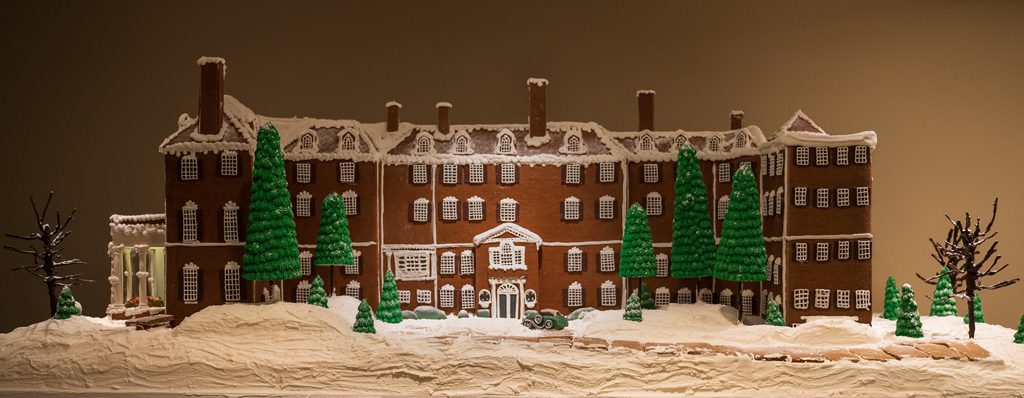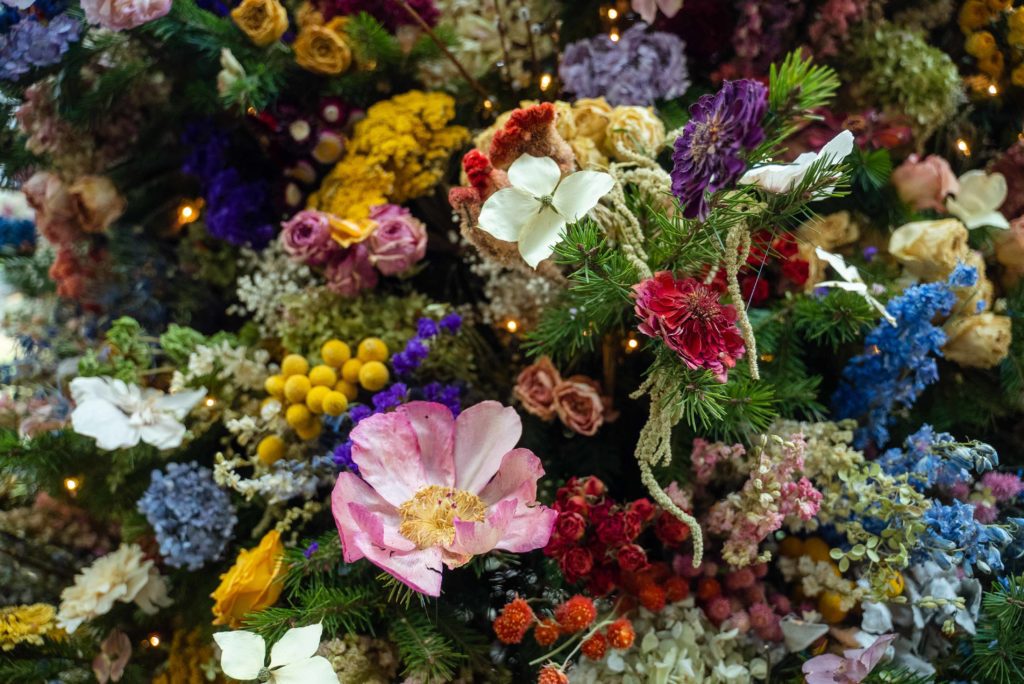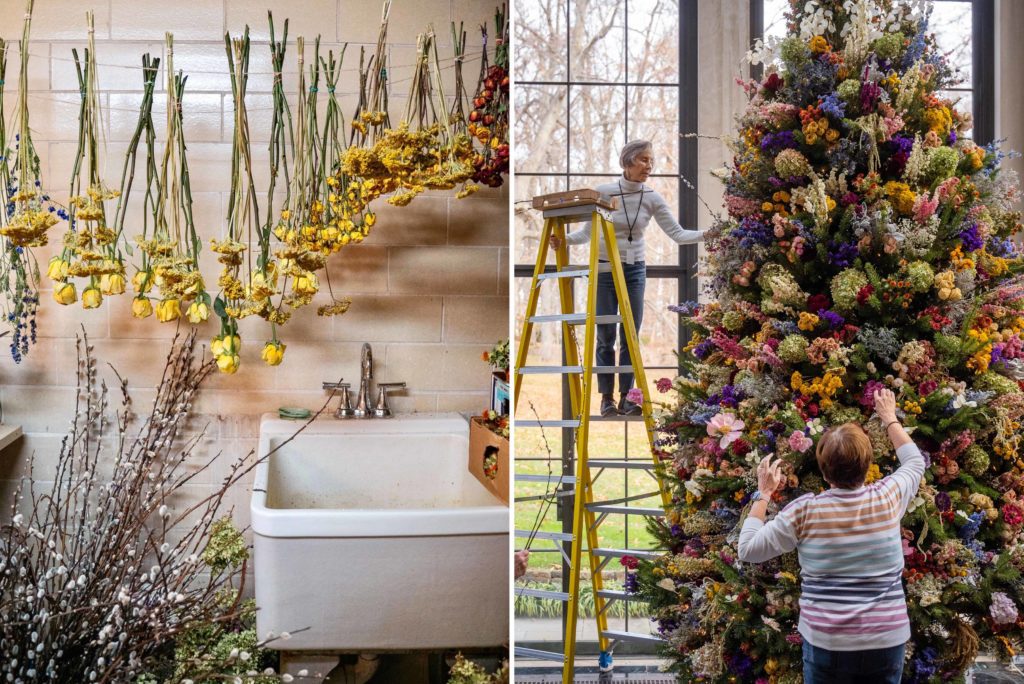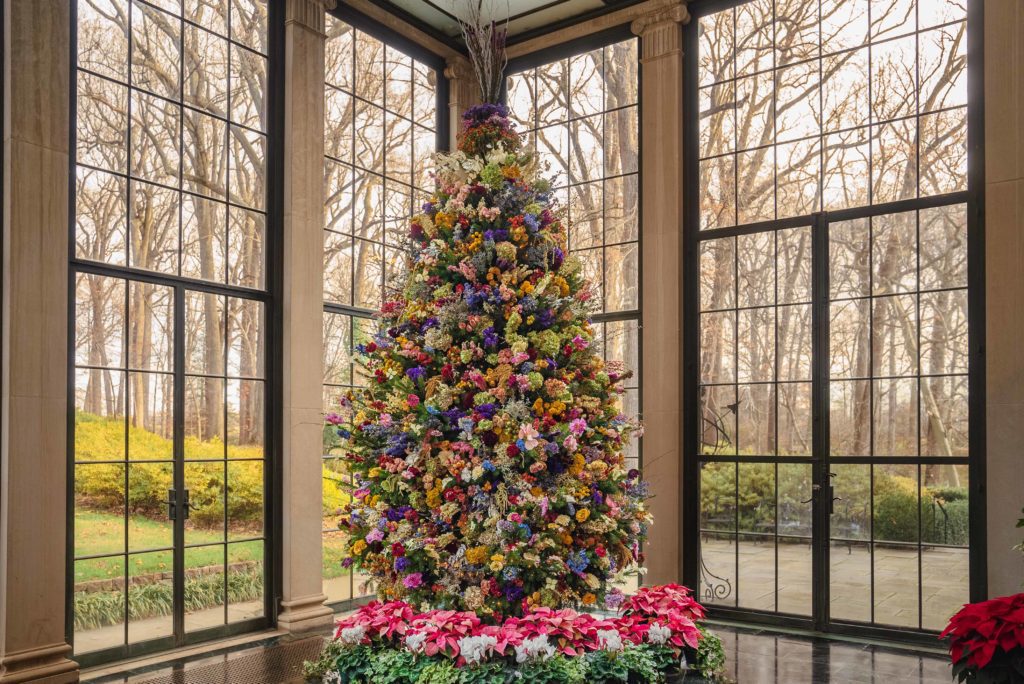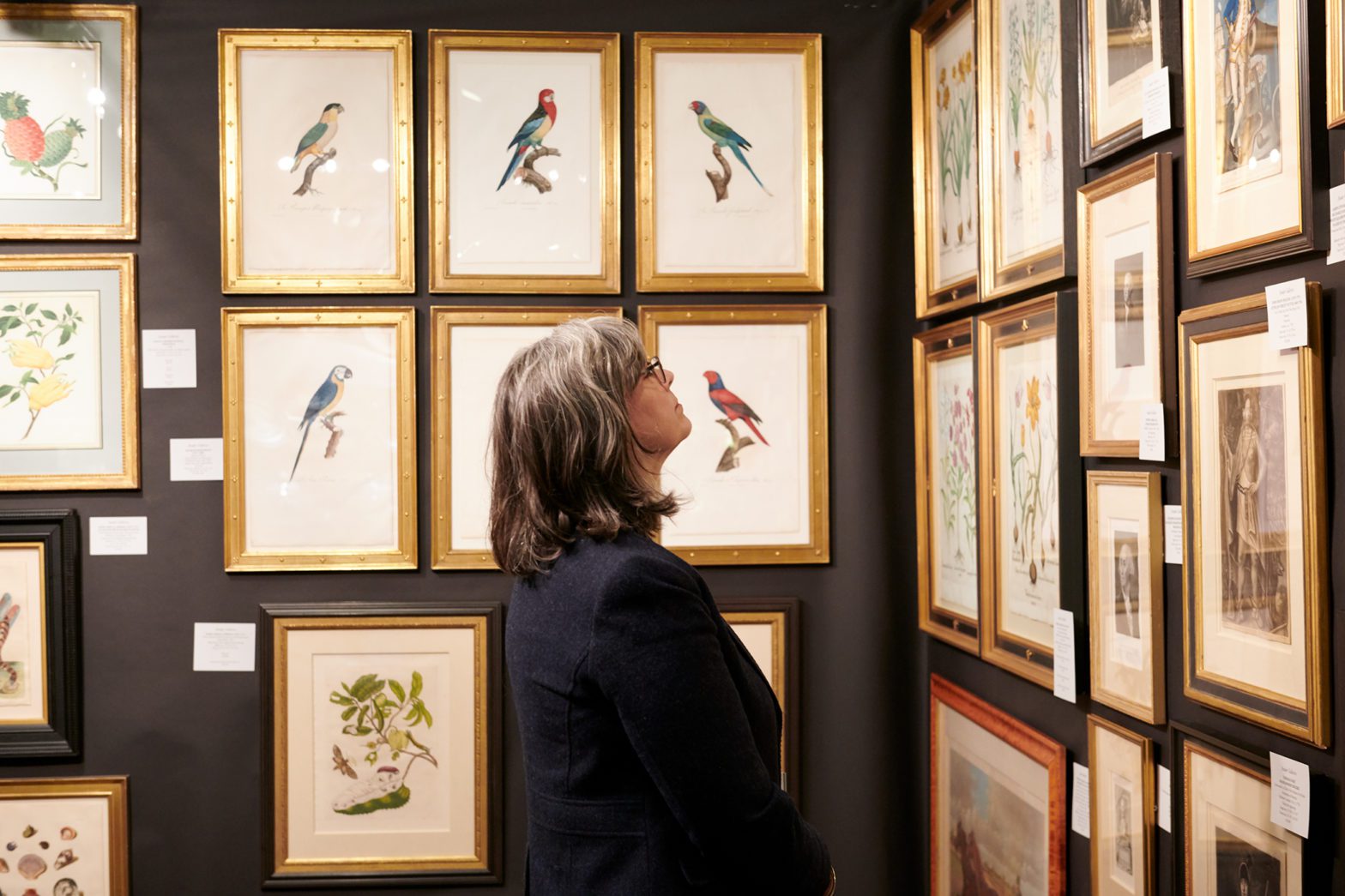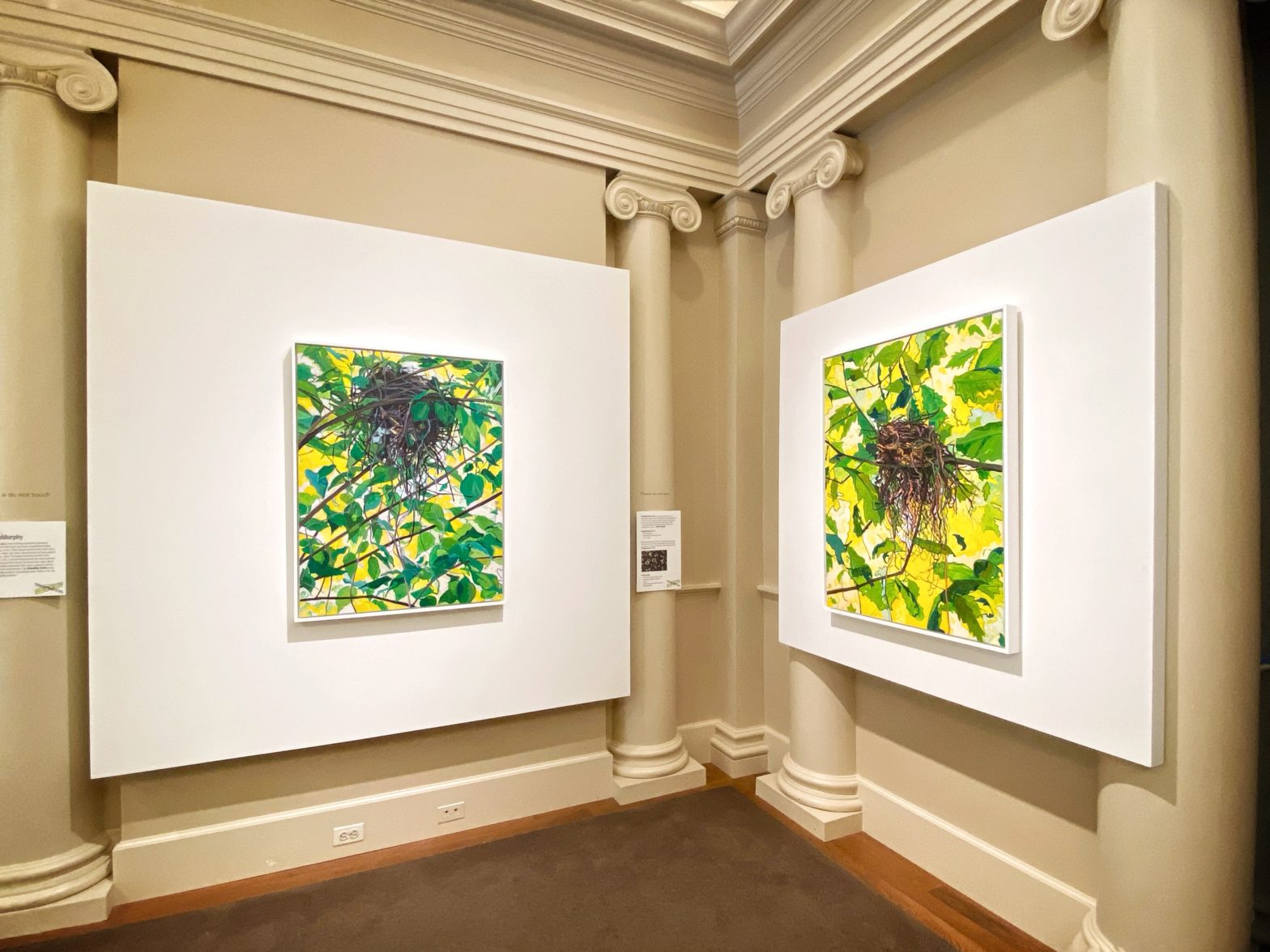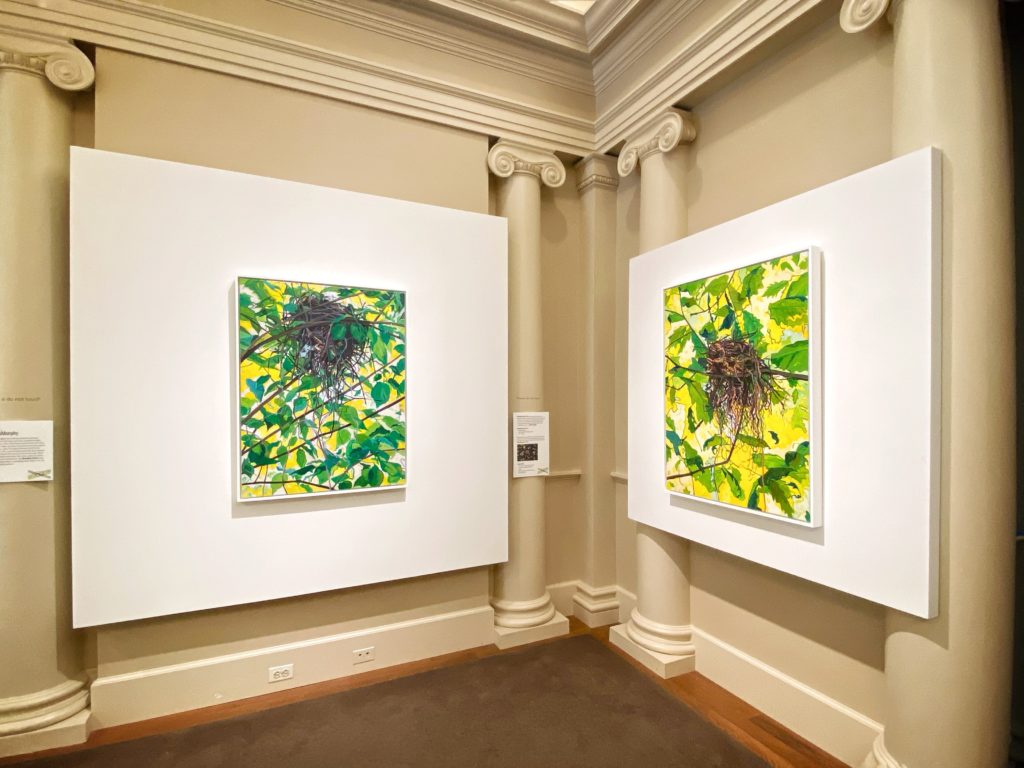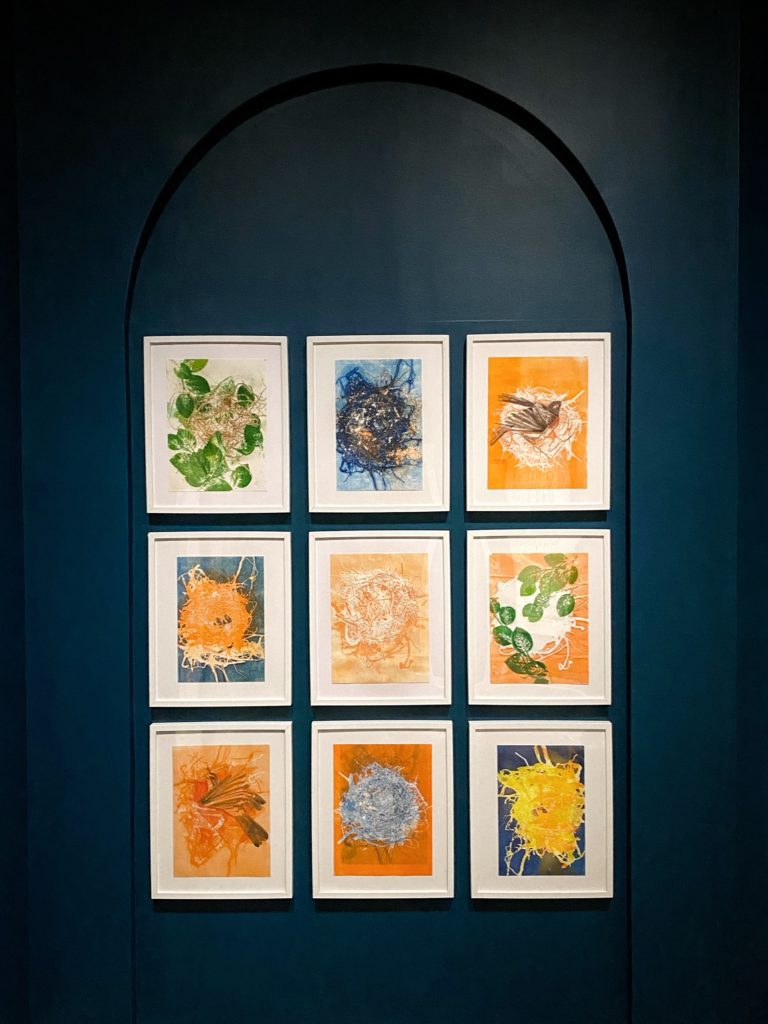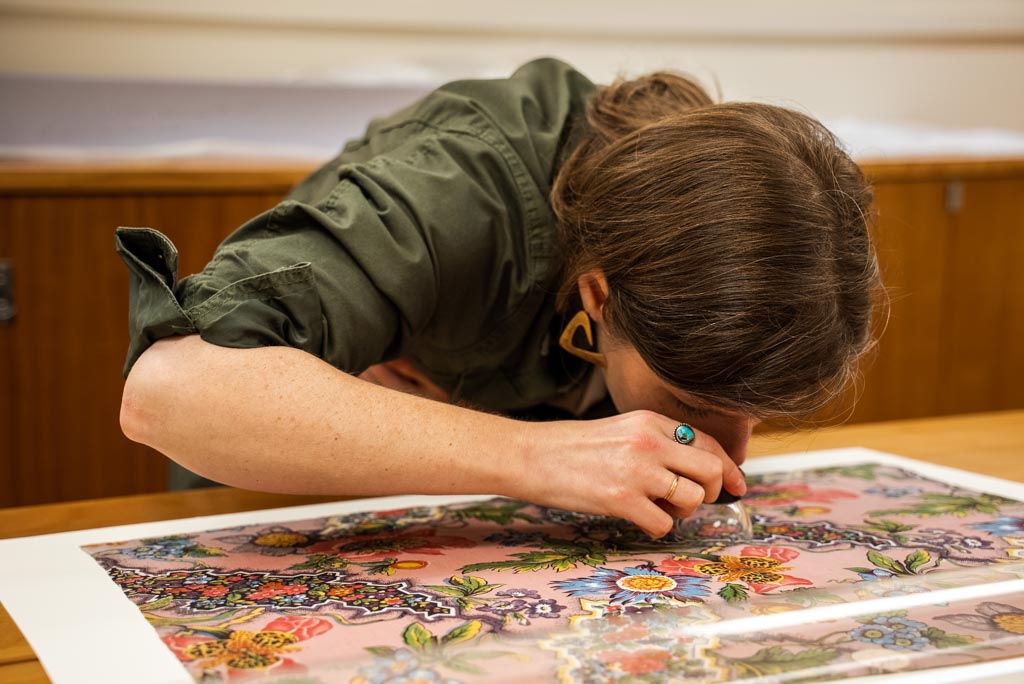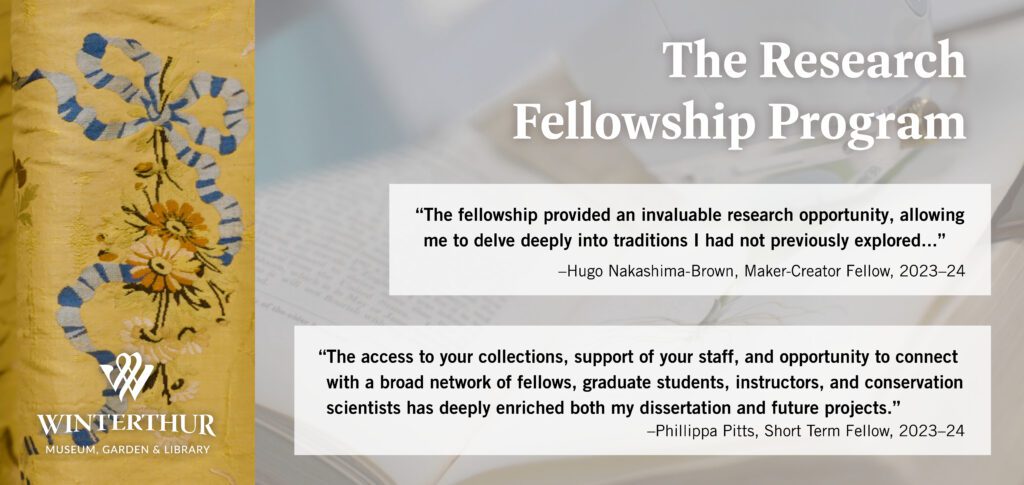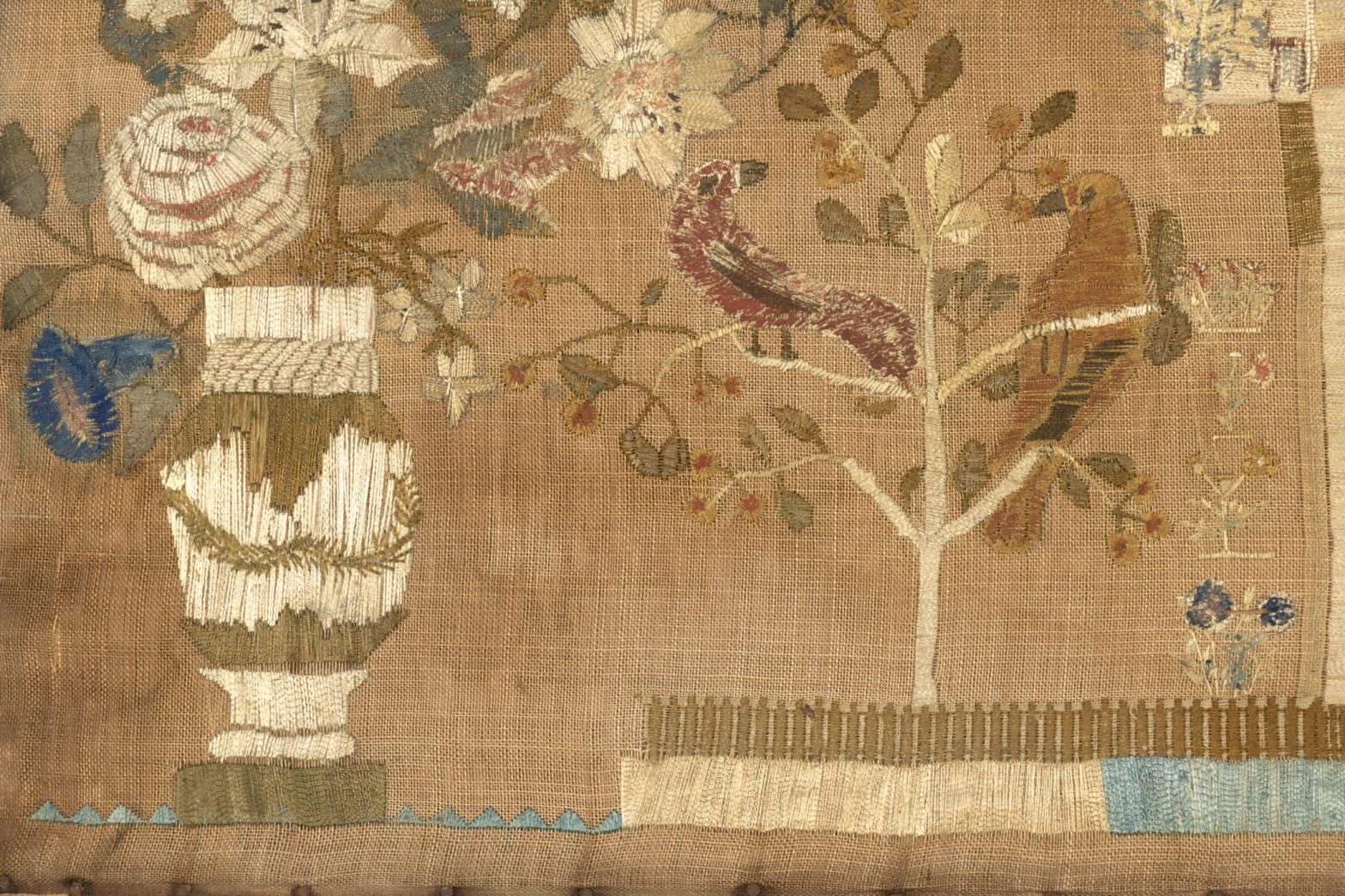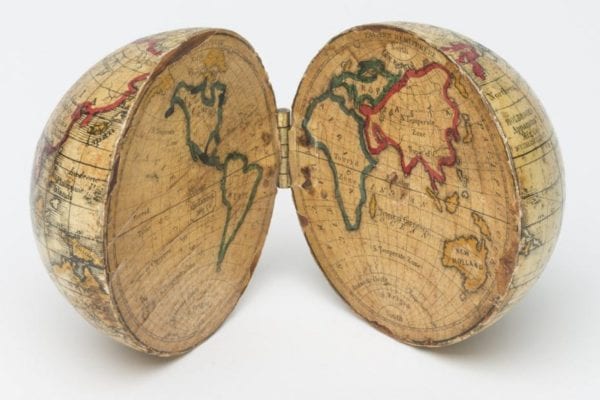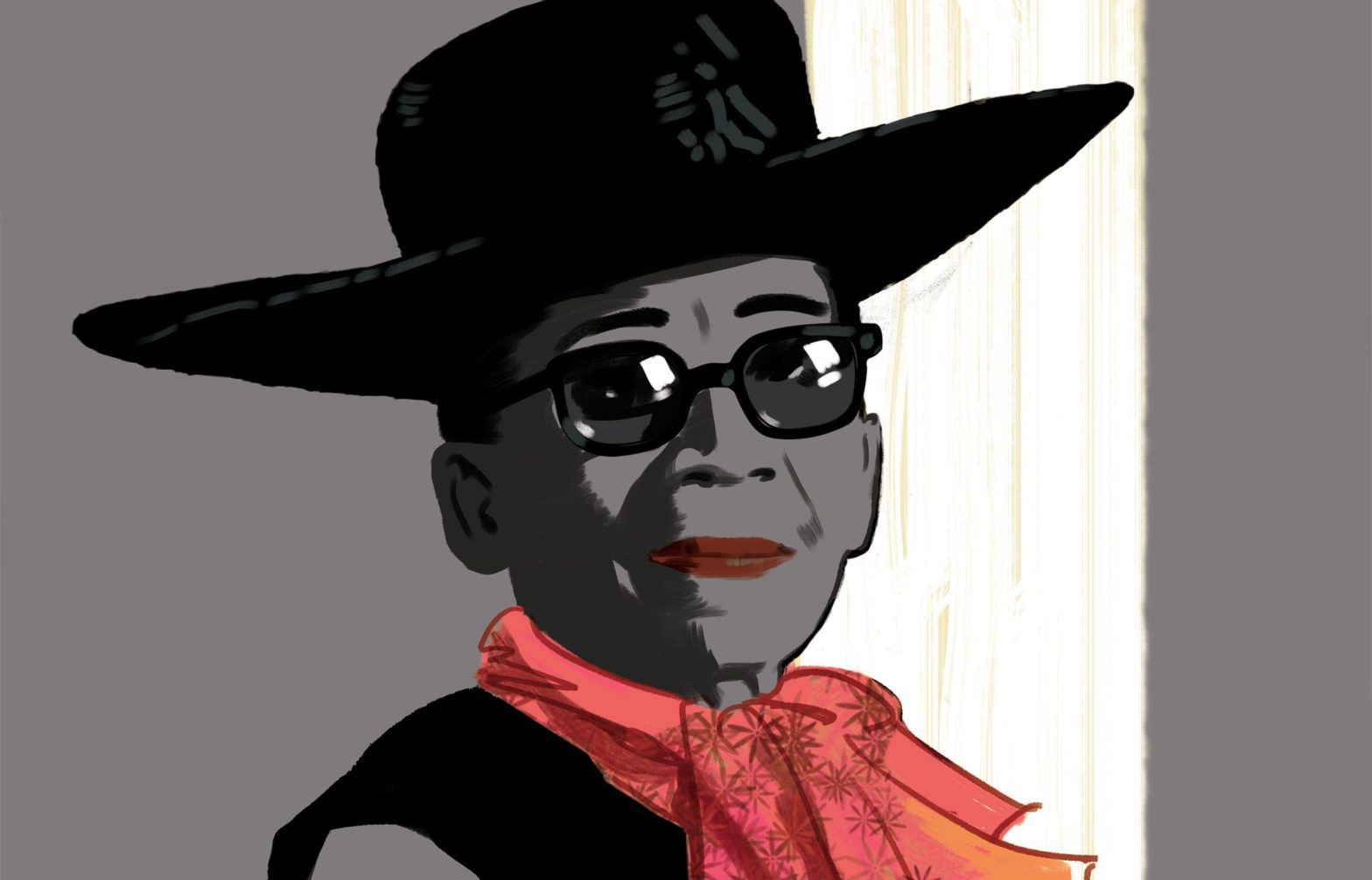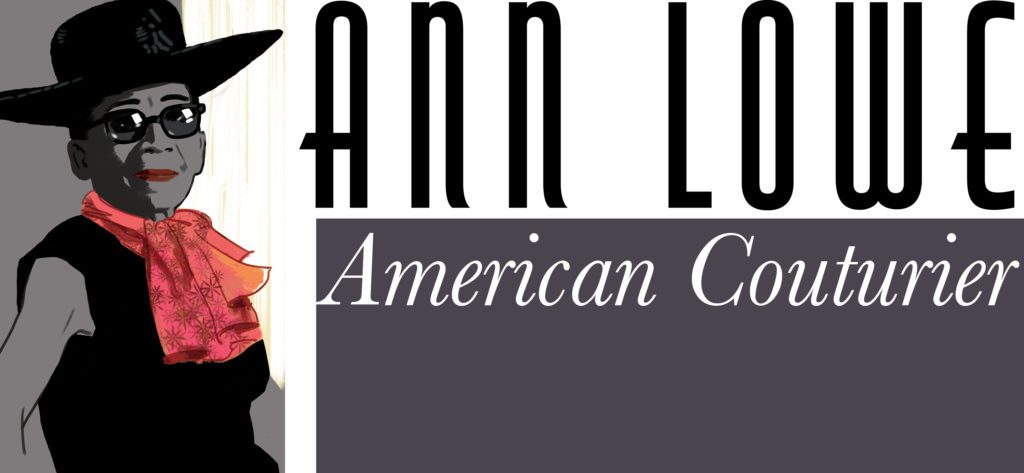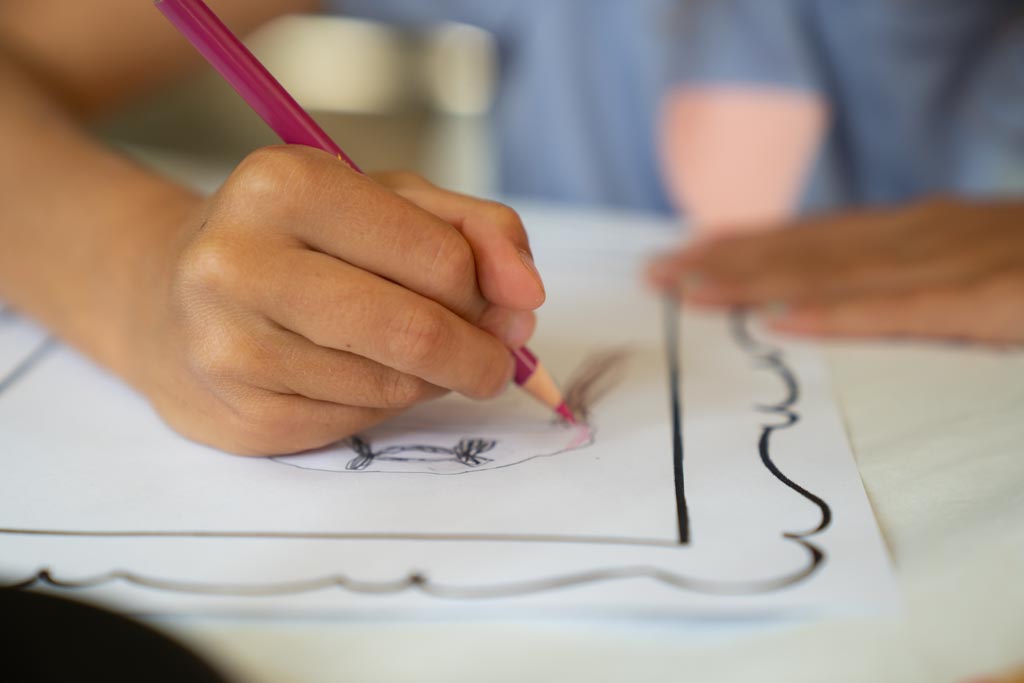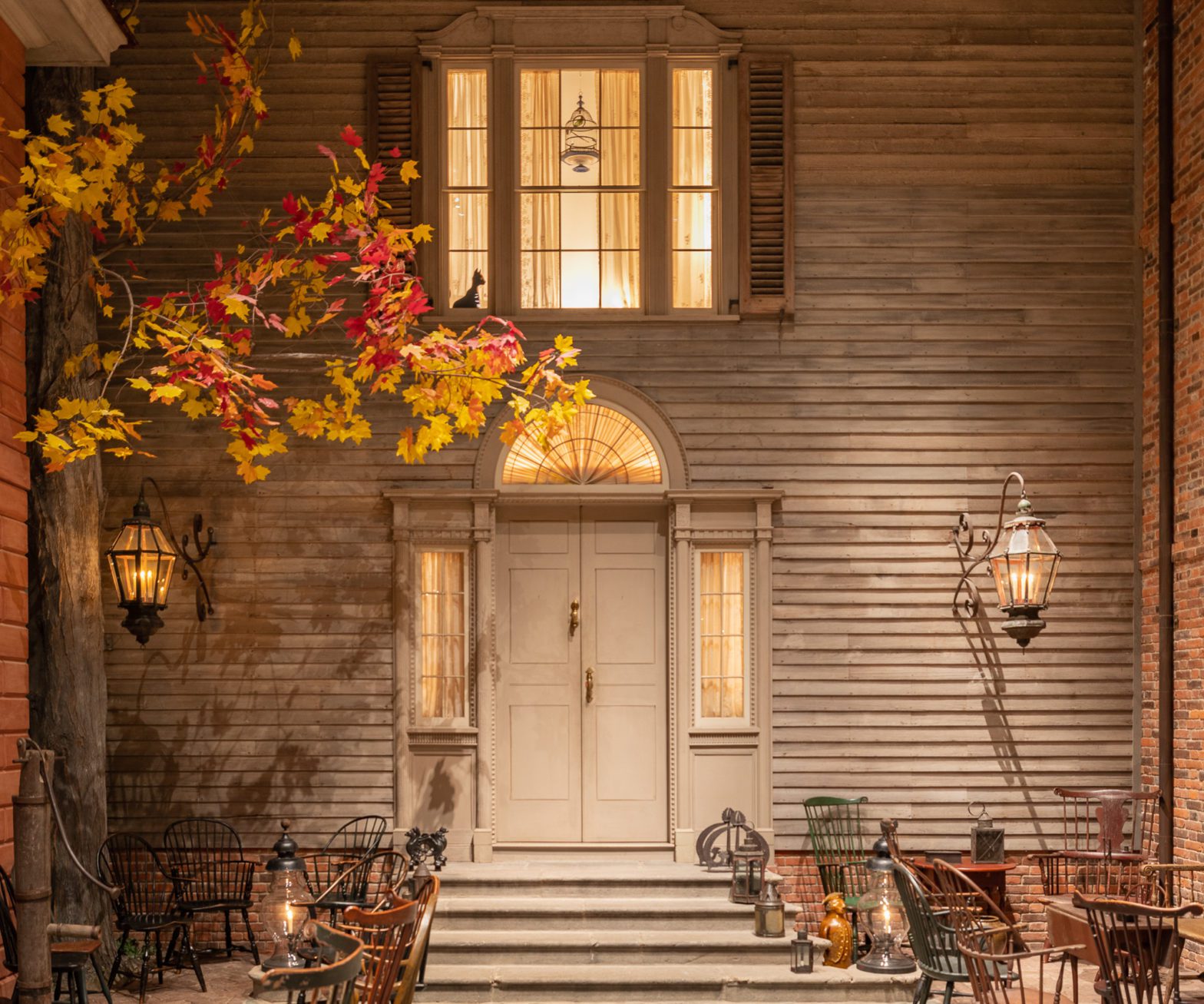Gingerbread models are at the museum!
It took a team from Bredenbeck’s Bakery about 145 hours of labor to create a giant replica of the Winterthur Museum.
Visitors can smell the 150 pounds of gingerbread and icing as soon as they enter the Montgomery Room, which is just off the museum’s Galleries Reception Area.
More facts about the replica:
- The structure is entirely edible, but we have no plans to eat it.
- Bredenbeck’s Bakery in Chestnut Hill has produced spectacular gingerbread creations before, including one of the Philadelphia skyline. But this was the bakery’s largest creation of a specific structure.
- A team from the bakery delivered the gingerbread house to the museum in a truck. They then carried the replica on a plank from a truck to a wheeled table inside the Galleries Reception Area, and then rolled the delicious structure into its current home.
- The trees are made from upside-down ice cream cones decorated with icing.
- A car—made from chocolate—at the center of the display is an homage to a Cadillac convertible once owned by Henry Francis du Pont.

- A recreation of the conservatory with actual working interior lighting to highlight an adorable and edible model of the Dried Flower Tree—an annual tradition at Winterthur—can be seen on the left side of the gingerbread replica.
- The base of the replica measures four-by-eight feet.
- Gingerbread houses have been a staple of White House holiday decor going back to at least First Lady Jacqueline Kennedy.
- Winterthur commissioned the gingerbread replica of the du Pont family home in homage to the White House tradition and in recognition of the exhibition Jacqueline Kennedy and H. F. du Pont: From Winterthur to the White House.
- There’s a smaller gingerbread house on display in the Visitor Center Café, which currently features entrees inspired by First Lady Jacqueline Kennedy.
We hope you’ll visit soon to see – and smell – the gingerbread replica of Winterthur, a display of Christmas Trees inspired by former First Ladies, and more through January 8, 2023.
